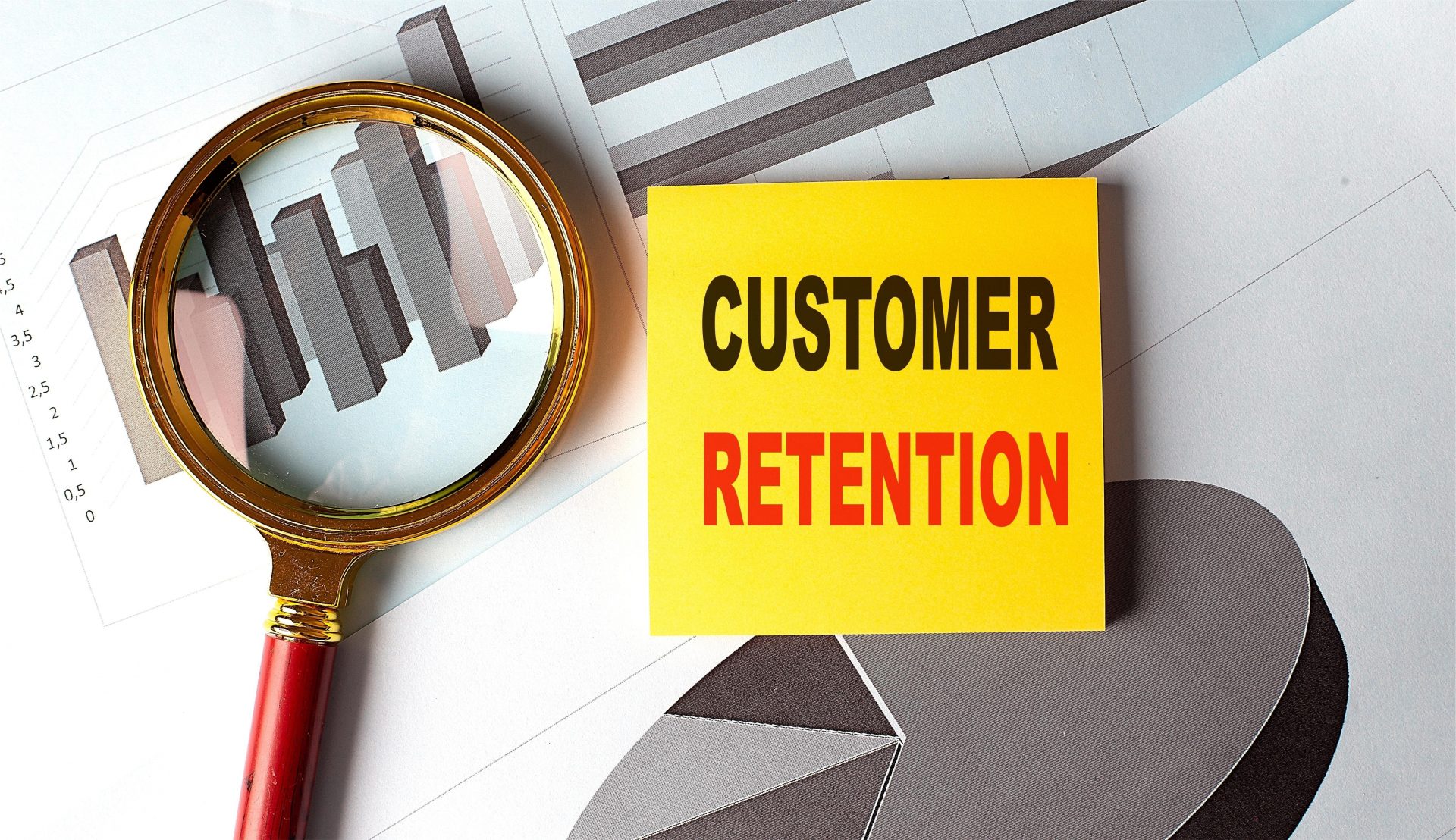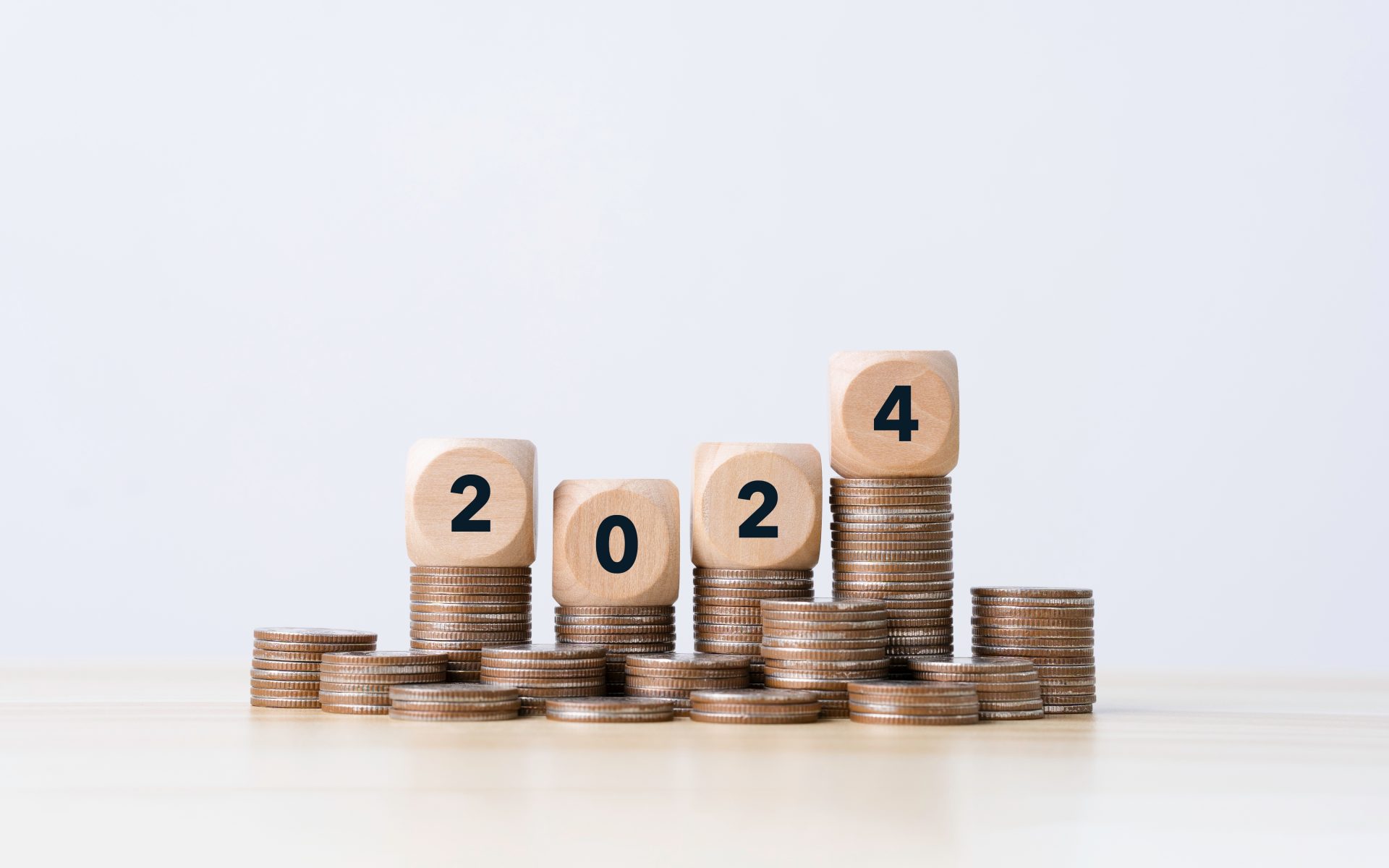A boon for your Sunset years
Suresh Menon (60), who worked in an automobile company has retired recently. He has a son with well-paid job and a married daughter, but the last thing Menon wants is, to be dependent on them. Menon owns a house in a posh locality in Bangalore, worth about Rs. 80 lakh. But he has savings of only Rs. 10 lakh (mostly in fixed deposits, not enough to ensure him an adequate post-retirement income.
Menon requires around Rs 20,000 a month to meet his needs, but earns only Rs. 6500 per month from his financial assets. What’s more, the value of this amount will keep falling because of inflation. After five years, he will require around Rs. 30,000 per month, while his financial assets will still generate only Rs. 10,000 per month.
He was exploring the possibility of renting his house and move to a smaller house himself or to sell his house altogether and invest the proceeds to earn a higher monthly income. But in both the situations, he will have to look around for accommodation after termination of lease agreement after every few months. So not a happy situation to be in. As he was about to finalise one of the moves, he mentioned this to his retired banker friend Mr. Shukla.
This reversed his thinking on the above options as Mr. Shukla advised him to discuss reverse mortgage with his ( Menon’s) bank and it proved to be a great value to him.
But how this reverse mortgage works? What kind of income can Menon expect by reverse mortgaging his property?
Reverse Mortgage enables a Senior Citizen i.e. above the age of 60 years to avail of periodical payments from a lender against the mortgage of his/her house while remaining the owner and occupying the house. He/ She is not required to service the loan during his/her lifetime and therefore does not make monthly repayments of principal and interest to the lender. RMLs are extended by Primary Lending Institutions (PLIs) viz. Scheduled Banks and Housing Finance Companies (HFCs) registered with NHB.
The loan amount is dependent on the value of house property as assessed by the lender, age of the borrower(s) and prevalent interest rate. The loan can be provided through monthly/quarterly/half-yearly/annual disbursements or a lump-sum or as a committed line of credit or as a combination of the three.
As the name suggests, it is exactly reverse of the home loan mortgage loan where you
you borrow money in lump-sum right at the beginning and then pay it back over a period of time. In your payback in the form of the EMI – a portion goes towards paying the interest and the remaining goes towards paying back principal. During this you pledge the asset, home you have bought with the loan, to the bank. This asset is the security against which the bank is lending to you. In reverse mortgage, you pledge a property you already own (with no existing loan outstanding against it). The bank in turn gives you a series of cash-flows for a fixed tenure. So the role of EMI reversed here.
How much of income can Menon’s house generate using reverse mortgage? It depends on the interest rates the bank will use to determine the EMI. It can be assumed that it will not exceed the interest rates used for loan against property, which is currently in the region of 12-14%. Second important variable is the loan to value ratio. Most loans against property work at 50-60% loan to value ratio i.e. by pledging Rs 80 lakh property, he can get Rs 40-45 lakh loan. Some banks are however designing reverse mortgage products with a higher loan to value ratio as much as 90% in some cases. The specific annuity paid out also depends on the age of the home owner. Higher the age, higher the annuity everything else being constant. The maximum period of the loan is 20 years.
So if Mr. Menon opts for a 20-year reverse mortgage loan, he is likely to get about Rs. 40000 per month @interest rate of around 12%. This is enough to meet his retirement expenses plus take care of inflation. What’s more the couple can continue to stay in the house during their lifetime.
After their demise, the bank can sell the house and use the proceeds to recover the outstanding amount of the loan, and hand over the remaining to the heirs. Alternatively, the heirs can repay the outstanding loan amount and keep the property. If the value of the property is less than the outstanding amount, the bank can not claim the rest from the heirs.
For the first time the green signal was given in the Budget 2007 for the launch of Reverse Mortgage in India which enables elderly to derive cash flows from their owned house.
The effectiveness of this lies in that it converts an illiquid asset – the house into liquid cash flows for the owner, typically a senior citizen while he can continue to live in it.
Indeed reverse mortgage can take good care of Menon and his wife during their sunset years.






